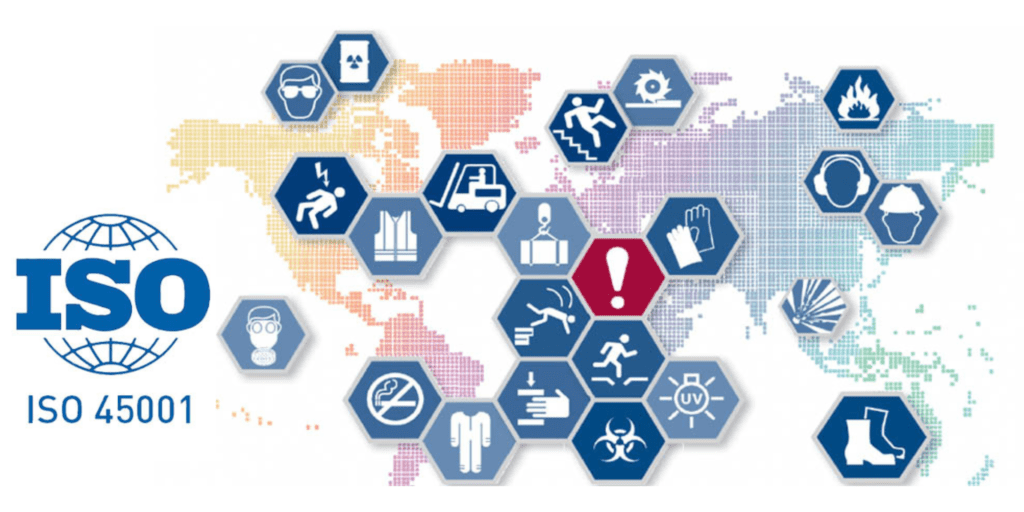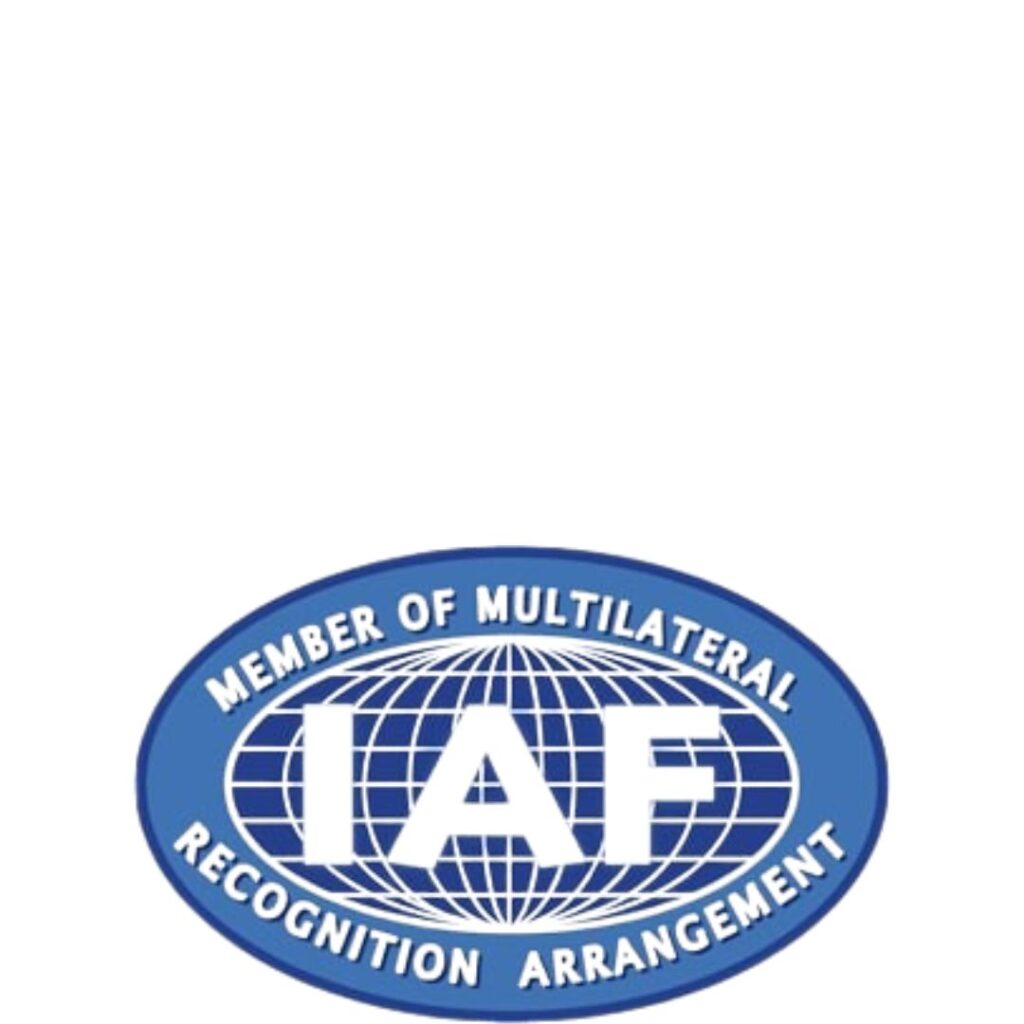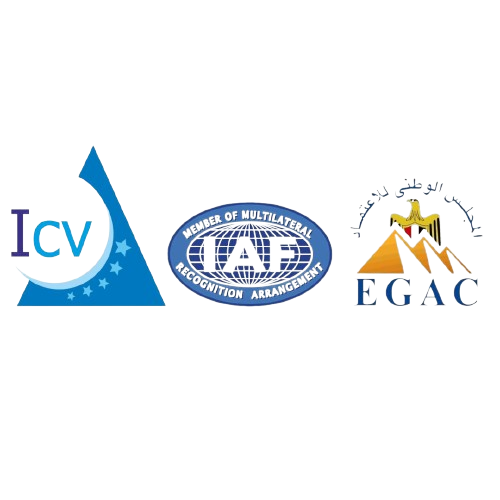
ISO 45001: The Importance of Occupational Health and Safety Management
In today’s world, occupational health and safety (OHS) has become a critical aspect of business operations. Companies have a responsibility to ensure that their workers are safe, and that their operations are conducted in a manner that does not endanger their employees or other stakeholders. One of the most effective ways to achieve this is by implementing an Occupational Health and Safety Management System (OHSMS) based on ISO 45001.
ISO 45001 is an international standard that sets out the requirements for an OHSMS. It provides a framework for companies to manage their OHS risks and opportunities, and to continually improve their OHS performance. The standard is designed to be compatible with other management system standards, such as ISO 9001 and ISO 14001, which allows companies to integrate their OHSMS into their overall business operations.
Why is ISO 45001 important?
ISO 45001 is important for several reasons. Firstly, it helps companies to meet their legal and regulatory obligations regarding OHS. By implementing an OHSMS based on ISO 45001, companies can demonstrate that they are taking a systematic and proactive approach to managing their OHS risks and opportunities. This can help them to avoid fines, penalties, and legal action, and to maintain their reputation as a responsible and ethical employer.
Secondly, ISO 45001 can help companies to reduce their OHS risks and improve their OHS performance. By identifying and assessing their OHS hazards and risks, companies can take steps to eliminate or control them. This can help to prevent accidents and injuries, reduce absenteeism and turnover, and improve productivity and morale. ISO 45001 also encourages companies to involve their workers in the OHS management process, which can lead to better decision-making and a stronger safety culture.
Thirdly, ISO 45001 can help companies to gain a competitive advantage. Customers and other stakeholders are increasingly demanding that companies demonstrate their commitment to OHS. By implementing an OHSMS based on ISO 45001, companies can show that they take OHS seriously, and that they are committed to protecting their workers and other stakeholders. This can help them to attract and retain customers, investors, and employees, and to differentiate themselves from their competitors.
How to implement ISO 45001?
Implementing an OHSMS based on ISO 45001 requires a systematic and structured approach. The following are the key steps involved in the implementation process:
- Identify the OHS hazards and risks associated with your operations. This involves conducting a thorough OHS risk assessment, which should include input from workers and other stakeholders.
- Develop an OHS policy that reflects your commitment to OHS and your compliance with ISO 45001.
- Establish an OHSMS that includes procedures and processes for managing your OHS risks and opportunities, and for achieving your OHS objectives.
- Implement your OHSMS and ensure that it is effectively integrated into your overall business operations.
- Monitor and measure your OHS performance, and report on your progress towards achieving your OHS objectives.
- Continually improve your OHSMS by identifying opportunities for improvement and implementing corrective and preventive actions.
Conclusion
ISO 45001 is a critical tool for companies that want to manage their OHS risks and opportunities effectively. By implementing an OHSMS based on ISO 45001, companies can demonstrate their commitment to OHS, reduce their OHS risks and improve their OHS performance, and gain a competitive advantage. If you are a company that values the safety and well-being of your workers and other stakeholders, ISO 45001 is an essential standard to consider.



